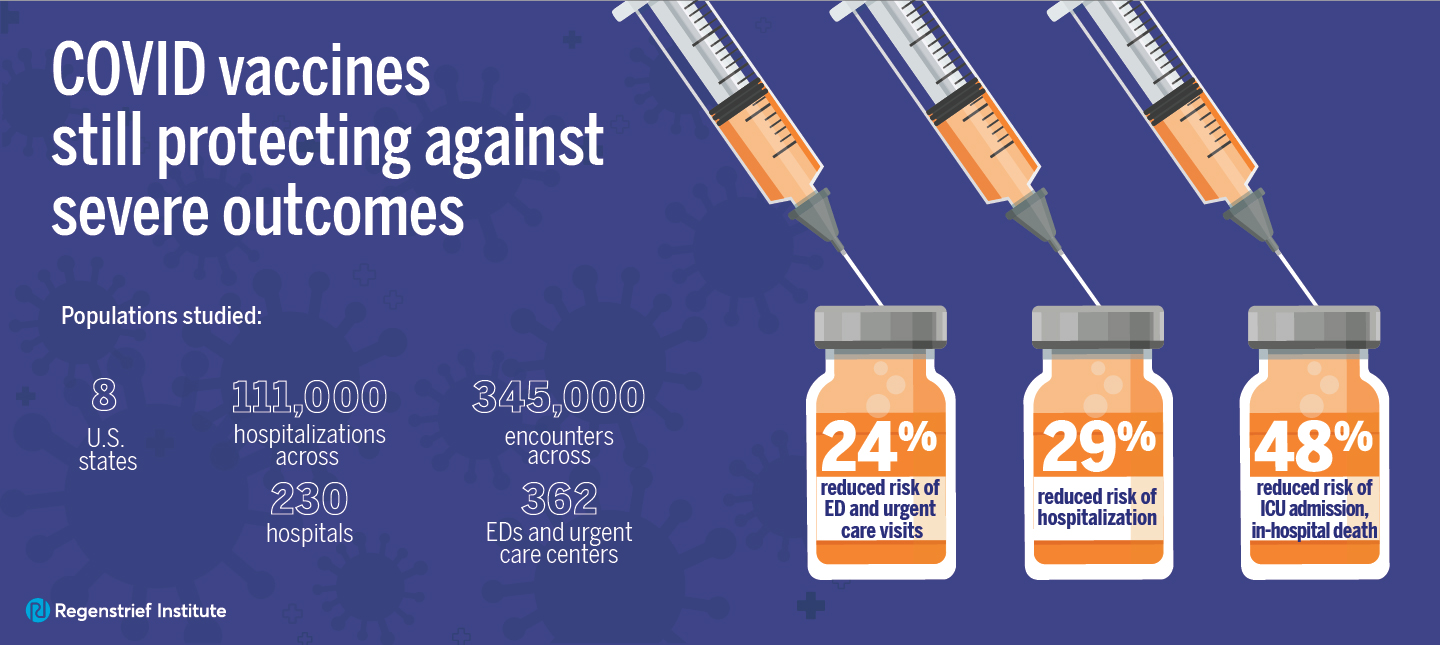INDIANAPOLIS – Treating acutely ill nursing home residents in place and avoiding hospitalizations when possible is better for their health and for the healthcare system. Common diagnoses, such as heart failure or urinary tract infection, are often used to classify whether a hospitalization of a nursing home resident was “potentially avoidable.”
But predicting ahead of time which resident transfers will fall into these “potentially avoidable” categories is difficult, according to a new study from the Indiana University Center for Aging Research and the Regenstrief Institute which found that both symptoms and patient risk conditions were only weakly predictive of whether hospitalization would be considered potentially avoidable.
“We need to be asking and answering a lot of questions in order to determine if a nursing home resident should have been transported to the hospital,” said Kathleen Unroe, MD, MHA of the IU Center for Aging Research and the Regenstrief Institute, who led the new study. “What was going on with the patient in the hours leading up to possible transfer? What is the association between current symptoms (fever or cough, for example) and the individual’s risk conditions (such as Alzheimer’s disease)?
“Our findings of the difficulty of predicting the avoidability of hospital transfers with information available at the time of transfer, highlights the challenge of designing targeted strategies to reduce potentially avoidable transfers from the nursing home to the hospital,” she said. “Multi-component, comprehensive quality improvement efforts like OPTIMISTIC, which embeds specially trained nurses in the facilities have been successful in reducing these transfers. But continued work is needed to understand and recognize true avoidability of these events.”
The care of long-term nursing home residents can be fragmented by hospitalizations and re-hospitalizations which are especially burdensome for frail older adults. There is a significant likelihood of reduced functioning and overall negative impact on their health after discharge from the hospital.
Keeping complex patients in the nursing facility is often the right choice according to Dr. Unroe who notes the nursing facility setting — a familiar place with staff and clinicians who know them — can provide a lot of care and may be the patient’s best option in many circumstances.
Dr. Unroe, a geriatrician specializing in long-stay nursing home care, co-directed Phase I of OPTIMISTIC with Greg Sachs, MD and directs Phase II of the study. OPTIMISTIC is an acronym for Optimizing Patient Transfers, Impacting Medical quality and Improving Symptoms: Transforming Institutional Care.
During the four-year initial phase of OPTIMISTIC, IU Center for Aging Research clinician-researchers and partners, including 19 nursing homes, reduced avoidable hospitalizations of long-stay nursing home residents a striking 33 percent, according to an independent evaluation prepared at the request of the Center for Medicare and Medicaid Innovation which funds the OPTIMISTIC study.
The evaluation also found that nearly one in five of all hospitalizations — both avoidable and unavoidable — was eliminated by OPTIMISTIC.
By lowering Medicare expenditures $1589 per nursing home resident per year, OPTIMISITC produced a total Medicare spending reduction of nearly $13.5 million and a net savings of over $3.4 million from 2014 to 2016.
“The Complexity of Determining if a Nursing Home Transfer is Avoidable at Time of Transfer” is published online ahead of print in the Journal of the American Geriatrics Society. Co-authors in addition to Dr. Unroe are Susan E. Hickman, PhD of IU School of Nursing: Jennifer L. Carnahan, MD, MPH and Greg A. Sachs, MD of the IU Center for Aging Research, Regenstrief Institute and IU School of Medicine and Zachary Hass, PhD and Greg Arling, PhD of Purdue University School of Nursing.
Data for this study was collected as part of the OPTIMISTIC project. OPTIMISTIC is supported by the Centers for Medicare and Medicaid Services (1E1CMS331082–04–00).
Media contact:
Cindy Fox Aisen
Regenstrief Institute
caisen@iupui.edu
317-843-2275








